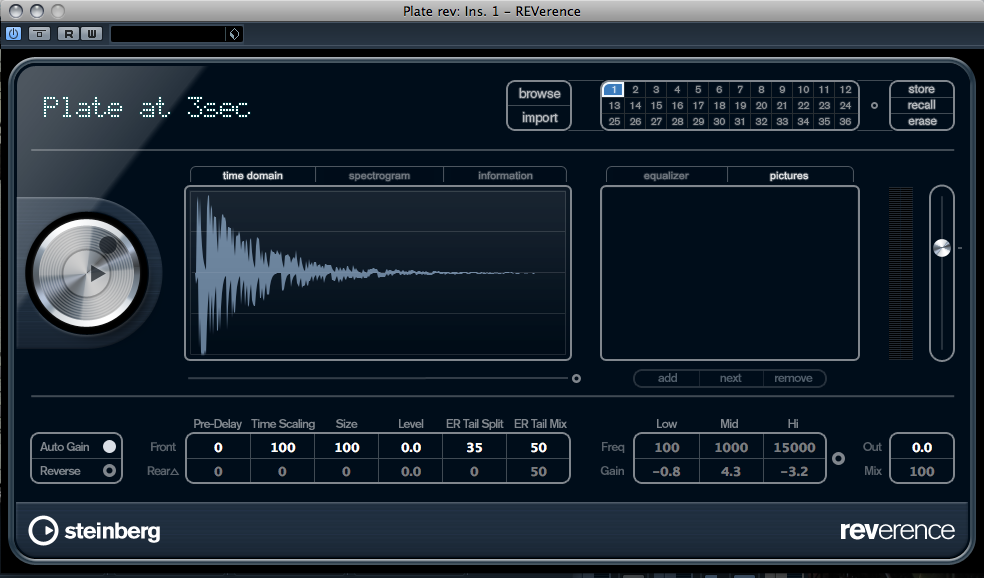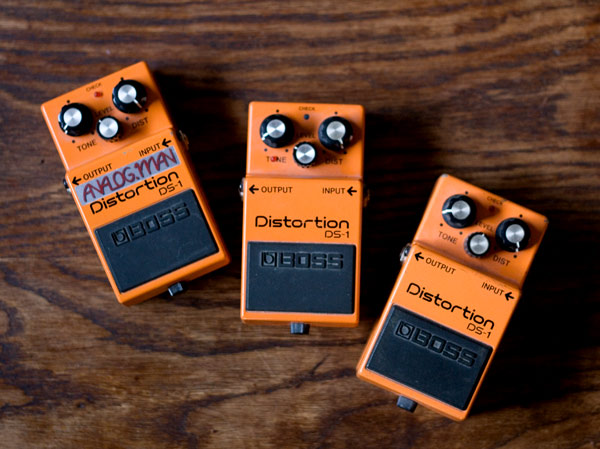I recently got a few comments asking why I use reverberation in post processing in some of my Youtube videos. In this series of posts, I would like to outline the two main uses of reverb for guitarists. In this first part, I will focus on the use of reverb in the studio and will explain why I sometimes add some light reverb to my videos. You will also find several sound examples. Part two will focus on the use of reverb as an effect.
Natural vs Artificial Reverb
In an enclosed space, any sound will bounce off the walls, thus creating a king of muffled echo. An extreme case of reverberation is found in cathedrals or caves where any sound can be reverberating for seconds. But even in a small space, you will get some reverberation. Try clapping in your toilet or bathroom and you will probably hear it. In a nutshell, a reverberation unit (commonly known as reverb) is an effect device which aims at reproducing this phenomenon. Reverberation is also sometimes referred to as “ambiance”.
Reverberation is almost as old as recording studios or radio stations. Sound producers and engineers had found out very quickly that recording any source (guitar, voice, etc.) using a microphone placed close to it lacked any sort of “ambiance” or “natural reverberation”, producing a quite unpleasant dry sound.
To solve that problem, a number of artificial ways to produce reverb were invented. The most primitive was to use a big empty room with a speaker at one end and a microphone at the other end to record the effect. Later on, spring and plate reverberation units were invented. Eventually, digital technologies became affordable and reverb units capable of simulating pretty much any space are now available as software plugins, pedals, rack effects, etc. I invite you to read the wikipedia page dedicated to reverberation for more information.

When I use a bit of reverb in my videos, this is not to “inflate” the tone, it is just because the microphone I use is close to my amp and misses out on the natural reverb of the room. Short of adding some artificial reverb, you can change the microphone placement and put it further away from the amp in order to get more of the ambiance of the room, but you might pick up undesirable sounds. It is a matter of experimenting and finding the right spot.
Guitar and Studio Reverb Sound Examples
Here is a short distorted guitar clip. It was recorded by placing a microphone really close to my Fender Champ and no reverb was added. Note how dry it is:
Here is now the same clip with a short room reverb (I have used the LA Studio preset of Cubase 5’s Reverence plugin):
The difference is very subtle but the reverb adds a “roundness” to the tone and makes it a little fuller without being over the top. This is the kind of reverb I often put on my youtube videos. When using reverb for sound reinforcement purposes, it is important to be subtle, the idea is not to hear the effect itself.
And here is now the same clip with a lot of Plate Reverb (using the Plate Reverb 3s preset of Cubase 5’s Reverence plugin):
Note how wide the tone becomes but also how different it is from the original. You can really hear the reverb, one could argue that in this case, the reverb is too pronounced and is rather used as an effect.
And now listen to the same solo alongside other instruments. For this first clip, there is no reverb at all:
By adding a dose of plate reverb to every instrument, you get a better sense of depth and a bigger overall sound:
Some of you might prefer a drier sound but more often than not, the point is that reverberation is a timeless and indispensable studio tool.
We will explore in Part 2 of this series of posts the use of Reverb as an effect. This next post will feature a list of reverb units to add to your pedalboards, stay tuned!

